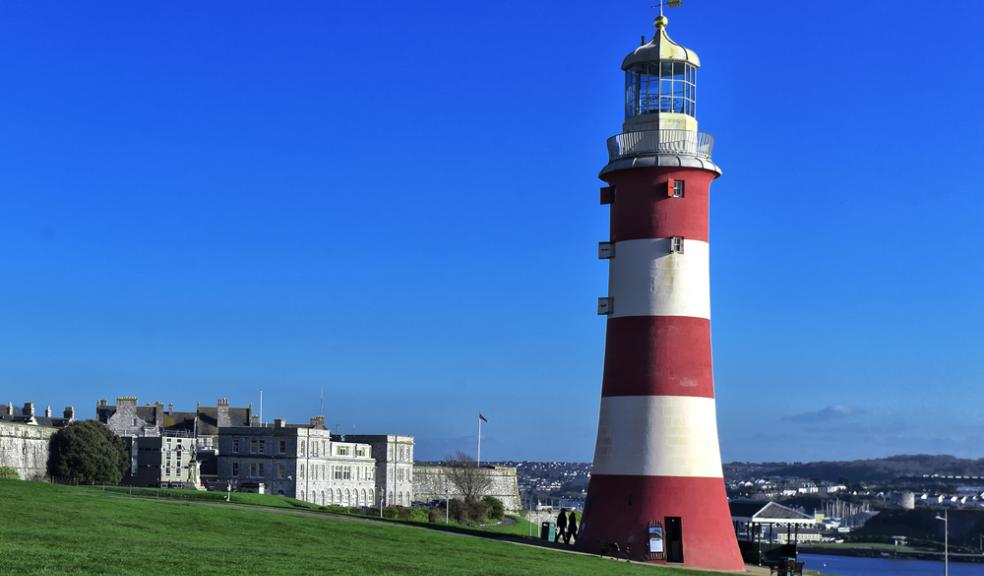
Britain’s Ocean City symbol in the spotlight
A planning application for listed building consent to install LED lighting in and around the historic lighthouse together with spotlights from the ground as well as around the balcony has now been submitted.
Councillor Mark Lowry, Cabinet Member for Finance and Assets said: “I am delighted this scheme has got to such an important stage.
"Anyone who lives in or loves Plymouth knows how important Smeaton’s Towwer is to the city. It is rightly the symbol of Plymouth, Britain’s Ocean City and this is a fantastic opportunity to showcase it.
"I am looking forward to the day when people can walk around the Hoe and Waterfront at night and see it lit up so spectacularly.”
A number of technical trials have been carried out to check the effect of the lamps as well as the intensity and colour range of the lights. Extremely careful consideration has to be being given to the exact location of the lamps, how they will fixed in place and where cables will be taken to supply the lamps, this is to respect the importance of this Grade I listed building.
Lights will be on every evening although the exact hours to be agreed. This will be a cool white illumination. The colour can vary but will only be used for special occasions and events.
The cost of the installation will be £32,417 and it is estimated the running cost will be £148 a year and the maintenance of lights a further £308 a year. These costs were presented to the Council in the business case approved in December 2014.
The company carrying out the lighting trials and designing proposals is LITE ltd supported by Hydrock and Hyde Park Electricals.
This application is the first of four that will be made in the next week or so as Charles Cross, Mayflower Steps and Mount Batten Fort are all being prepared.
Last month a trail was carried out to see if a wireless signal between Mount Batten Tower and Smeaton’s Tower works. It is hoped that the two towers will be linked for simultaneous switching, leading synchronised lighting effects on both buildings.
The Grade I listed building, designed in 1759 by John Smeaton and formerly sited on Eddystone Rock, was moved to Plymouth Hoe in 1882. It is now an iconic symbol of the city, featuring on the recent Ocean City branding as well as numerous other reproductions that promote Plymouth as a historic and contemporary maritime city and a tourist destination.











